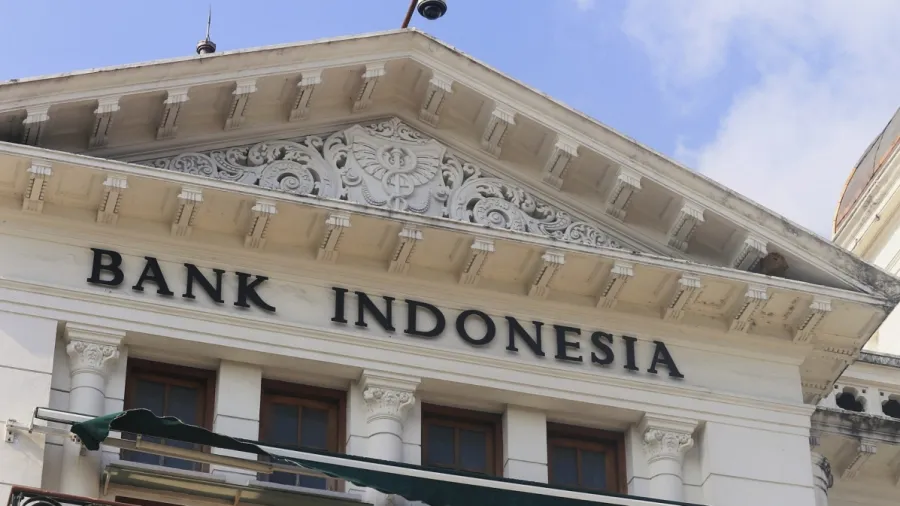
Tighter money supply strains Indonesian banks’ margins
Whilst margins may rise in the short-term, margins could fall deeper in the long-term.
The tighter money supply could drive up the margins of Indonesian banks, but problems are on the horizon should the lower supply overstay its welcome.
Loan to deposit (LDR) ratio in Indonesia rose to 86% in February compared to 81% a year earlier, with the loan growth (11%) outpacing deposit growth (5.4%). This tighter liquidity has driven banks to raise funds from high-cost funding, noted UOB Kay Hian analyst Posmarito Pakpahan.
Whilst the tighter liquidity could lead to net interest margin (NIM) in the short-term or even a more stable NIM thanks to more efficient usage, a prolonged period can lower the NIMs of Indonesian banks.
“Based on historical industry data, the liquidity tightening, which led to LDR gradually rising, could lead to net interest margin (NIM) expansion or stable NIM due to more efficient funding (liquidity) usage. Nevertheless, as liquidity continues tightening, NIM would decline deeply as we believe the cost of funds (CoF) would increase faster than lending rate,” Pakpahan warned.
ALSO READ: Chart of the Week: Indonesia’s card payments market to be worth $71.8b by end-2024
In 2012, when the LDR gradually rose to 84% in January from 79% in February, NIM improved by 13 basis points (bp). However, as the LDR rose to 92% by July 2014, NIm ended up plummeting 112 basis points.
Amongst the country’s biggest banks, bank Negara Indonesia (BBNI) notedly posted the deepest decline in NIM in February 2024. In contrast, Bank Central Asia (BBCA) was stable at 5.6%.
Bank Rakyat Indonesia (BRI) saw its NIM drop 14bp compared to February 2023 levels, although it has the highest spike in interest expenses. BRI reportedly had strong loan growth and higher yield to support its NIM, according to Pakpahan.
Bank Mandiri (BMRI), meanwhile, saw its NIM drop 15 bp. Its solid growth of savings accounts and strong loan growth supported the net interest income.
All four banks have guided for strong loan growth in 2024. This could lead to lower lending rates, Pakpahan said.
“We believe banks with a strong underwriting capability and strong presence in the retail and wholesale segments could manage the impact from rising competition in the wholesale segment,” he added.
BRI is expected to be the least impacted by pressure on loan yield due to its exposure in rural areas and the retail segment. BMRI is expected to minimise the impact from the growing retail segment.
Pakpahan added that BBCA’s liquidity efficiencies will improve its overall yield; whilst BBNI needs to balance its loan growth and yield to maintain its NIM.


















 Advertise
Advertise









